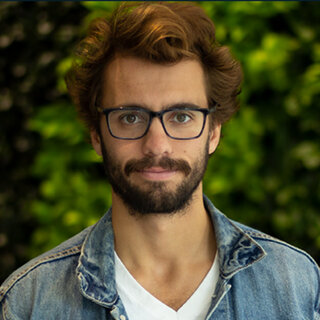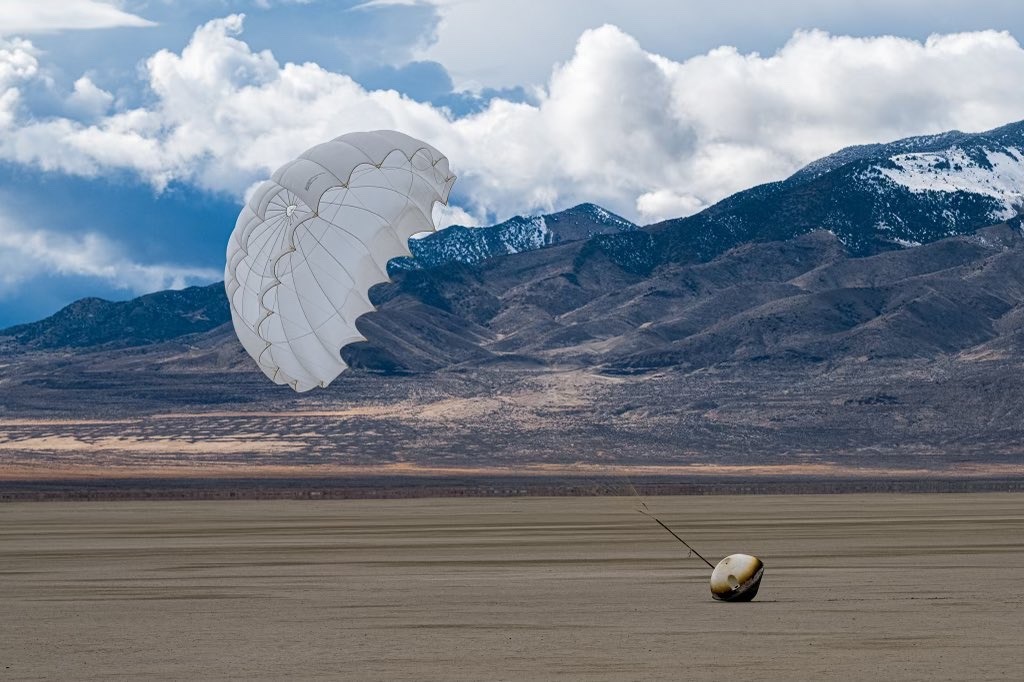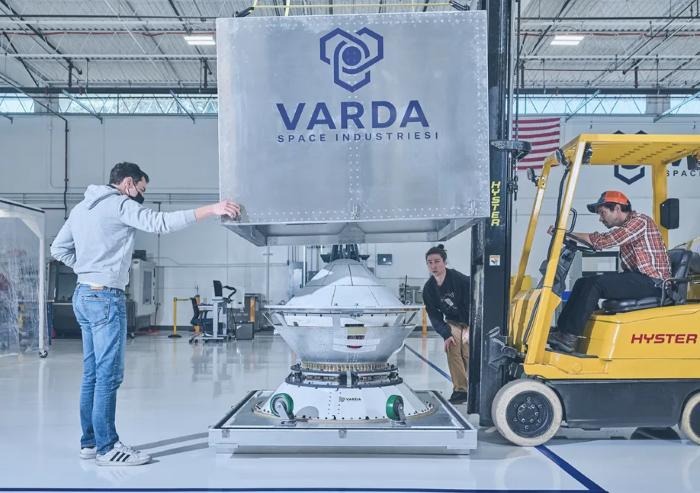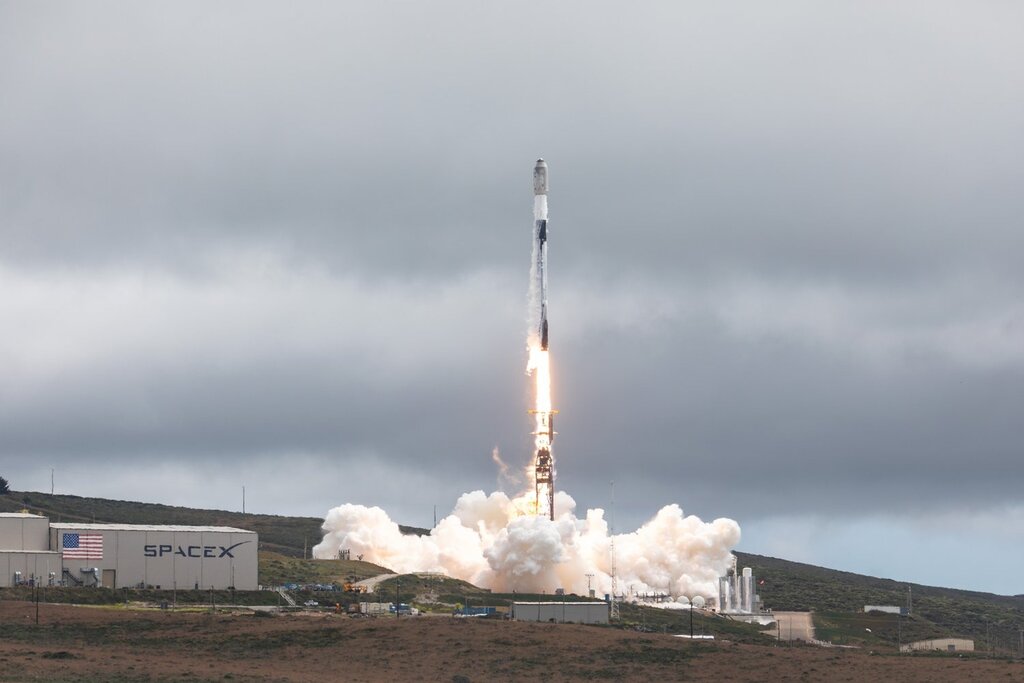Interview
Q&A: Pharmaceutical discovery through a gravitational lens
Delian Asparouhov, president and co-Founder of Varda Space Industries talks to Robbie Fernwell about the company’s work in leveraging microgravity environments for pharmaceutical research.

Delian Asparouhov, president and co-Founder of Varda Space Industries
In the cosmic domain, where the constraints of Earth's gravity are left behind, Varda Space Industries is carving out a unique niche. The company is on a mission to build the world's first commercial microgravity industrial park at scale. The company's spacecraft serves as a manufacturing hub in Low Earth Orbit (LEO), leveraging its microgravity environment to produce a wide range of pharmaceutical compounds that, once created, are brought back to Earth using autonomous reentry capsules. This innovative approach offers a novel environment for processing materials that is simply not possible on Earth.
On 21 February, 2024, Varda’s W-1 capsule successfully landed in northern Utah, carrying orbitally grown crystals of ritonavir, an antiviral drug used in the treatment of HIV and hepatitis C. The mission was launched as part of SpaceX's Transporter-8 rideshare mission. Shortly after, Varda released the results in a research paper. Specifically, they successfully crystallised the least stable metastable Form III of ritonavir in space, achieving a purity rate of 98.5%. Upon return to Earth, rigorous analysis confirmed the physical stability of both the space-crystallised ritonavir and control samples, with a 97% similarity in crystalline structure. On the back of this, Varda secured a $90m Series B funding round, bringing their total raised capital to $145m.
Microgravity processing alters fundamental aspects of material behavior, from buoyancy and natural convection to sedimentation and phase separation. This, in turn, opens up new possibilities for formulating small molecules and biologics, leading to innovative solutions and therapeutic opportunities that were once beyond reach.

Varda’s W-1 capsule landing at the Utah Test and Training Range after a successful re-entry. Credit: John Kraus
Processing in microgravity facilitates unique formulations of small molecules and biologics, enhancing shelf-life, bioavailability, and patient compliance. The platform also plays a crucial role in crystallisation, with the reduced crystal growth rates in microgravity leading to the discovery of novel forms with improved pharmaceutical properties.
Delian Asparouhov, President and Co-Founder of Varda Space Industries, shed light on the intricacies of their work in a recent interview with Pharmaceutical Technology Focus.
Robbie Fernwell: How would you describe Varda and what it does?
Delian Asparouhov: At its very core, Varda is a microgravity-enabled biopharmaceutical platform tech company. We use the fact that a fundamental force of physics is disabled when you're in orbit, to allow for a very large change in how biopharmaceuticals are developed. We enable the development and commercialisation of next-gen small molecules and biologics that have some sort of issue in their formulation process, and they've exhausted all their terrestrial techniques. Now, our partners can simply send their products to microgravity to open up the aperture of what is available in terms of solid-state structures.
We have developed biopharmaceutical equipment that fits inside our spacecraft and works autonomously in orbit before reentering for analysis on Earth.

Varda’s W-Series capsules are free flying orbital production satellites capable of inexpensive ballistic reentry, terrestrial landing, and rapid production and flight.
We flew our first demonstration mission in the summer of 2023 using ritonavir, a decades-old HIV antiretroviral. Through decades of experiments on the International Space Station, the benefits of microgravity have been known for a long time. Those experiments were small one-off projects, however, and while they proved the technology, there was no clear commercial translation. What Varda provides is a low cost, fully autonomous, commercial solution. We manage an end-to-end processes that allows biopharma companies to fit it within their drug development and commercial manufacturing pipelines.
Robbie Fernwell: What benefits does microgravity in LEO have over the microgravity simulations we can achieve on Earth?
Delian Asparouhov: If you look at the microgravity simulations using an aircraft flying in parabolic trajectories, which allows moments of free fall, you might get 30-35 seconds of microgravity. Most drug crystallization processes take more time, around 18 hours. Another technique is ultrasound levitation, which does have some benefits in what’s called containerless processing, but you can’t achieve full microgravity benefits as it’s impossible to eliminate and remove local convection in the levitated system. Using rockets and going to space is the only way to access microgravity and the associated benefits of manufacturing in that environment.
Robbie Fernwell: Are you manufacturing the total volume of materials that the pharma company is going to need, or do you create a sort of seed batch that can then be added to transform a larger batch of molecules?
Delian Asparouhov: It'll be a mix of both. The former is ideal in terms of total cost structure and speed to market, and there's clear precedent in seed crystals in the small molecule market. So, there will be cases where we can do seed crystals in space and then do the mass manufacturing on Earth. There almost certainly will also be situations where it's only possible to manufacture in space.
Robbie Fernwell: Why hasn't another company done this yet?
Delian Asparouhov: It’s hard to imagine starting Varda any earlier. Reusable rockets only became a consistent concept in about Q4 2019, so the business model didn’t make economic sense. That’s not to say any attempts hadn’t been made in this vein, but fundamentally I would just argue they started in the wrong decade, and that influenced their engineering decisions in a way that just drove them to an outcome that did not achieve the full potential of the business model.

In June 2023, Varda’s W-1 capsule launched on SpaceX’s Transporter-8 rideshare mission.
Robbie Fernwell: What’s your output capacity? Would you measure in kilograms of materials?
Delian Asparouhov: The demonstration mission was a matter of grams. The second mission will be on the order of tens of grams, while I feel confident that on the third mission we'll be able to get up to hundreds of grams. Then, fourth mission, we’re talking a kilogram, and by the fifth mission we could develop tens of kilograms. Right now, it’s a matter of testing out sub-systems, proving them out, and getting flight heritage before we start to scale them up.
Robbie Fernwell: And what’s your timeline for that?
Delian Asparouhov: Well, we had our first mission in June 2023, and our second mission will be in June 2024, followed by a third in Q4 2024, and we expect to roughly two times the cadence each year, which gives you a sense of when those volumetric or mass constraints get unlocked. By the end of 2025, the missions will be able to do 25kg of API per flight. Then, as (SpaceX’s) Starship comes online, we expect to do 100kg, one ton, et cetera.
Robbie Fernwell: For someone reading this, how would they know that they are the ideal candidate to use Varda? What would they be doing, and what would they be trying to achieve?
Delian Asparouhov: Our ideal partner is either a biopharma company that has a pre-clinical or mid-stage drug asset that has some very promising early results, but they're struggling to find a formulation that allows them to go to market, despite trying the various terrestrial solutions. We work with a mix of both top 20 biopharma, as well as the so-called mid-stage biotech companies around $5-15 billion in market cap.